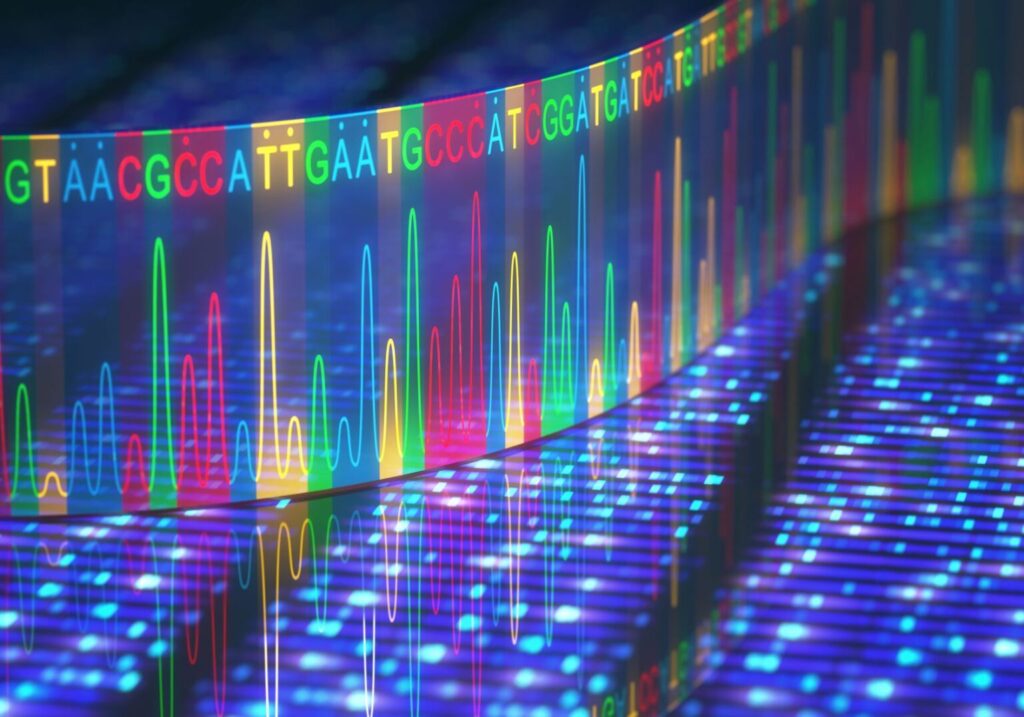by Danny Levine
 The National Institutes of Health has established a new Center of Excellence in Genomic Sciences to create tools to improve the way medical information about genetic conditions are captured, stored, and exchanged.
The National Institutes of Health has established a new Center of Excellence in Genomic Sciences to create tools to improve the way medical information about genetic conditions are captured, stored, and exchanged.
The new center is backed with $10 million in funding and led by researchers at Oregon State University. The NIH grant includes partners at Lawrence Berkeley National Laboratory, Johns Hopkins University, The Jackson Laboratory for Genomic Medicine, Queen Mary University of London, and the European Bioinformatics Institute. The research will be housed at the university’s newly established Translational and Integrative Sciences Center in the College of Agricultural Sciences.
“The problems right now are not bottlenecks due to lack of data,” said Melissa Haendel, director of the Translational and Integrative Sciences Center and a principal investigator on the grant. “What we lack are tools to make effective use of that data for everyone; this new center is designed to address exactly this problem.”
Over the last 20 years, the genomic revolution has provided tremendous amounts of knowledge in nearly all scientific fields, especially genomic and environmental influences on health. But that data is complex, exists in different forms, and is distributed across other locations. It can also be incomplete or conflicting, or overwhelming to identify what parts are relevant to a question.
The researchers will use the emerging field of phenomics, which aims to encode, integrate, and analyze the observable characteristics or traits of an organism, particularly in human design, and using model systems to derive insights.
The scientists said patients with rare diseases would specifically benefit from this research. Past research has found it takes an average of seven years to get a diagnosis for a rare disease and even after that time, the diagnosis is often wrong. The problem is that there is not a systematic description of the disease, and the information that exists about it is scattered around in different locations.
“The patient has to become the expert on their own condition because there are just too few experts available for such rare conditions,” said Anne Thessen, an assistant professor and senior researcher in the center.
One of the project goals is to organize knowledge about rare diseases so that a doctor can access it and understand it without having to be an expert on the particular condition.
“Without unifying standards, the knowledge from the data that is being amassed just cannot reach its full potential,” Julie McMurry, associate director of the center, said. “It can’t reach its full potential for patients. It can’t reach its full potential for doctors. And it certainly can’t reach its full potential for people trying to understand any underlying biological mechanisms.”
RARE-X understands the critical challenges to leveraging rare disease patient data. Efforts like this new center of excellence will be essential in getting the owners of patient data to speak a common language and be better positioned to share data to accelerate the diagnosis and treatment of people with rare conditions.

Stay Connected
Sign up for updates straight to your inbox.
